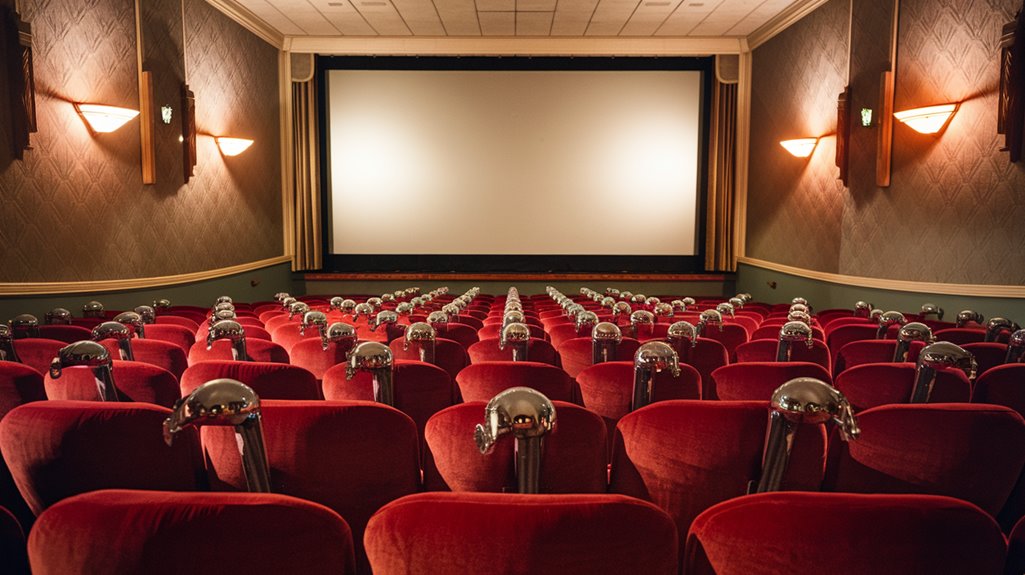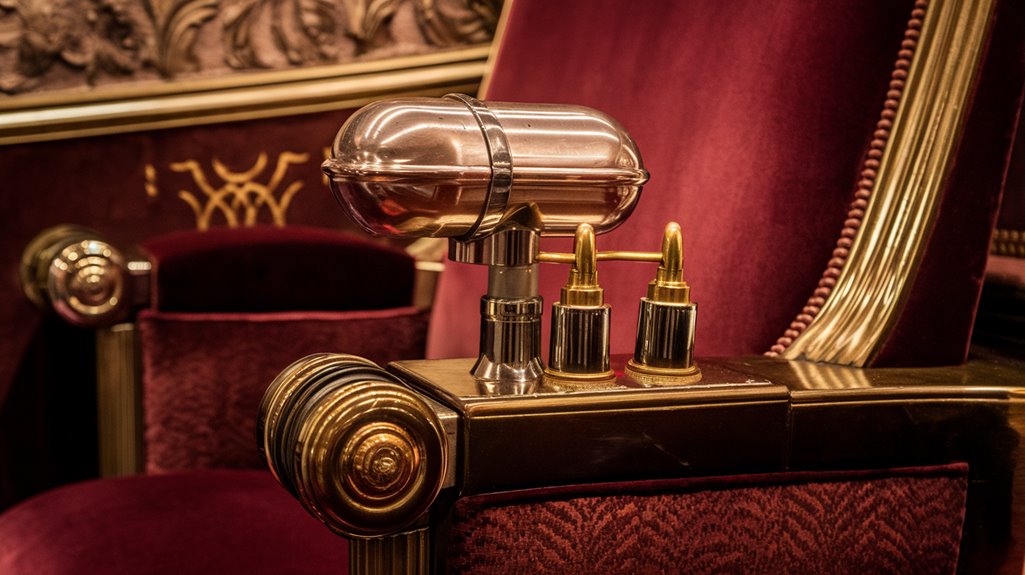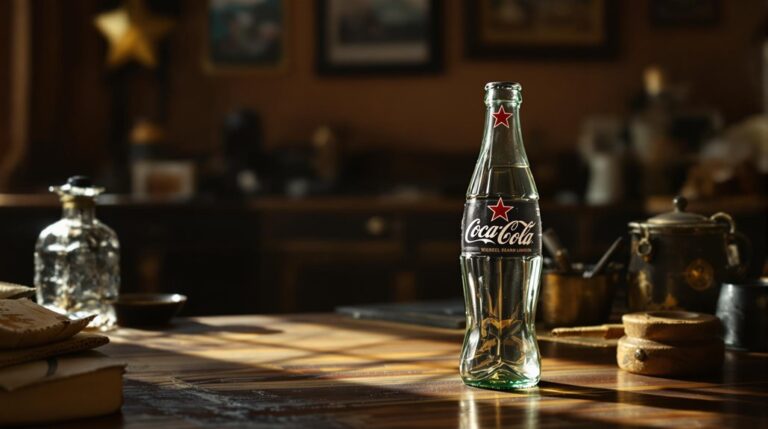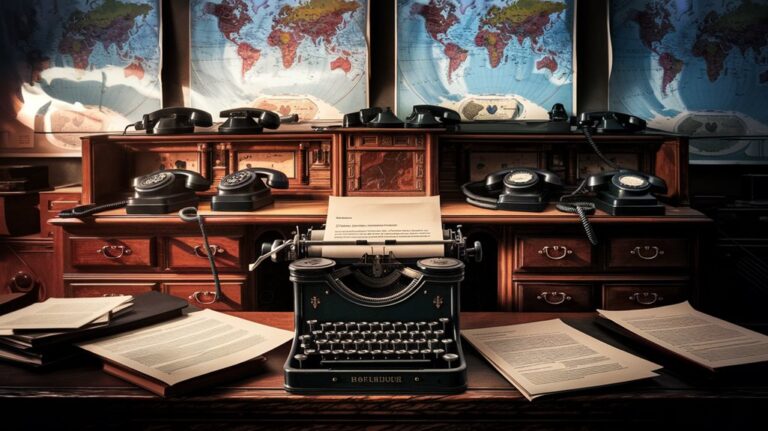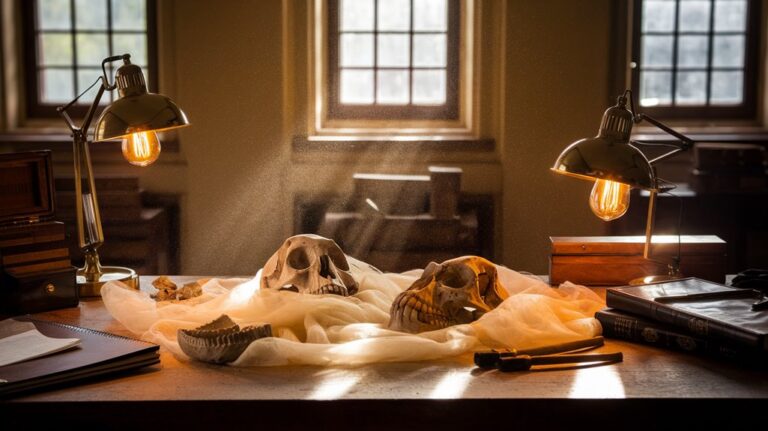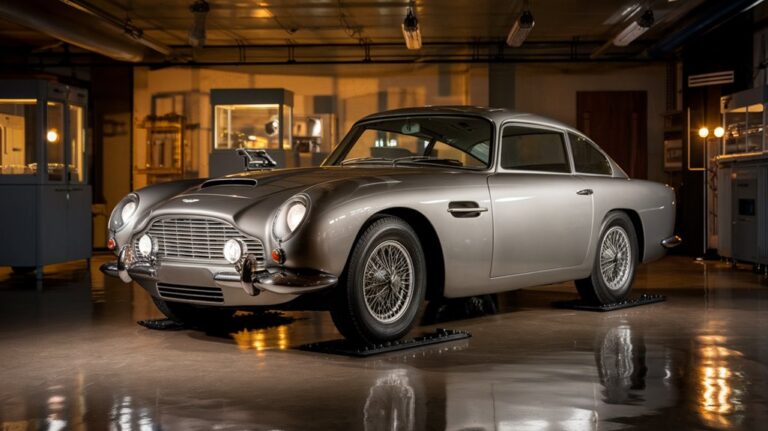Smell-O-Vision: The Sniffable Cinema Experiment
You've probably heard of 3D movies, but what about films you can smell? In 1960, an ambitious inventor named Hans Laube promised audiences more than just sights and sounds—he offered them a complete sensory journey at the movies. His creation, Smell-O-Vision, turned theater seats into aromatic time machines, releasing scents of everything from wine to gunpowder in sync with the action. But this fragrant dream didn't quite pass the smell test.
The Birth of Cinema's Aromatic Dreams
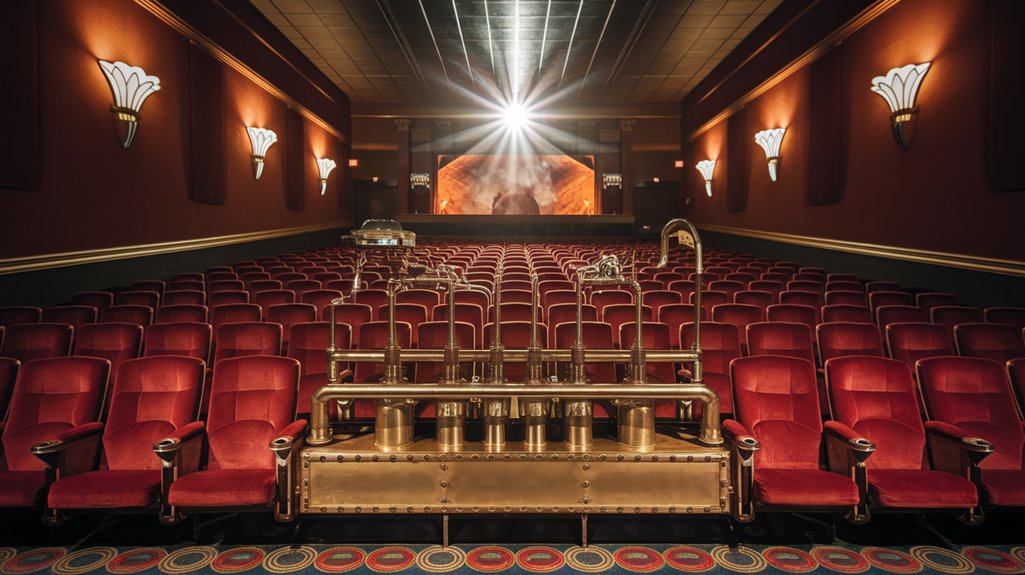
While today's moviegoers might take special effects for granted, the dream of engaging all five senses in cinema began over 150 years ago.
The scent history of entertainment traces back to 1868, when live theaters first experimented with aromas to enhance performances. The Alhambra Theatre pioneered this with rose scent diffusion during their magical fairy-themed production.
Cinema's aromatic journey started in 1906, but it wasn't until 1916 that "The Story of Flowers" at New York's Rivoli Theater marked a significant cinematic innovation in scented storytelling.
The 1930s brought new developments, with the Rialto Theater installing a dedicated smell system in 1933.
By 1939, the New York World's Fair showcased Hans Laube's groundbreaking "Scentovision," which would later evolve into the famous Smell-O-Vision system. The innovative system utilized perfumes mixed with kieselguhr to achieve rapid scent dispersion throughout theaters.
You can trace this early period as the foundation for decades of smell-enhanced entertainment experiments.
Behind the Mechanics: How Smell-O-Vision Worked
Despite its seemingly magical ability to deliver scents to moviegoers, Smell-O-Vision relied on a clever mechanical system of air streams and vaporizing gel pellets.
The setup featured four strategically placed fans at each corner of the screen, blowing air parallel to its surface to create precise odor distribution. You'd see the images on screen while the machine worked to make you believe the scents were coming directly from specific objects displayed. Installing the system required costly equipment of over $1 million per theater.
The technology wasn't without its challenges, though. Scent synchronization proved tricky, and early versions suffered from noticeable hissing sounds when dispersing aromas. Japanese researchers later attempted to improve this technology by developing home TV systems that used vaporizing gel pellets.
The system could only release one scent at a time, requiring cartridge changes for different smells. While innovative, these limitations and the ongoing expense of scented oils made widespread adoption difficult.
"Scent of Mystery": A Fragrant Film Pioneer
The groundbreaking film "Scent of Mystery" marked the first and only major theatrical release to feature Smell-O-Vision technology in 1960. Produced by Mike Todd Jr., this mystery-comedy strategically used scent integration to enhance its storytelling, allowing you to identify characters through pipe tobacco aromas and experience other plot-relevant smells like perfume and wine. The film featured notable performances from Denholm Elliot and Peter Lorre.
Initially premiering in three specially equipped theaters across New York, Los Angeles, and Chicago, the film aimed to revolutionize audience engagement through its innovative "smell brain" system. The audience response was notably negative, with many complaining about delayed scent delivery during screenings.
However, technical difficulties, including uneven scent distribution and distracting hissing noises, hampered the experience. The film was later re-released as "Holiday in Spain" without its signature feature, though recent screenings by the Institute for Art and Olfaction have attempted to recreate the original aromatic experience.
The Public's Nose: Reception and Reality
How did audiences react to cinema's most ambitious sensory experiment? The public reactions to Smell-O-Vision were far from the aromatic success its creators had hoped for.
You'd have found yourself frustrated by the system's notable flaws: scents arrived late if you sat in the back, and an annoying hiss accompanied each fragrant burst.
The system relied on the innovative Smell Brain machine to release synchronized scents throughout the theater.
Much like bloggers sharing experiences, audience members eagerly discussed their reactions with fellow moviegoers, hoping to compare their sensory perceptions.
The sensory engagement fell short of expectations, with New York Times critic Bosley Crowther noting that viewers were too busy sniffling and snuffling to catch the faint aromas.
Even comedian Henny Youngman poked fun at the concept, claiming he couldn't understand the film due to his cold.
Despite technical improvements that fixed the delay issues, "Scent of Mystery" quickly faded from theaters and was later stripped of its aromatic features, re-emerging as the scentless "Holiday in Spain."
Modern Scent Technology: From Theater to VR
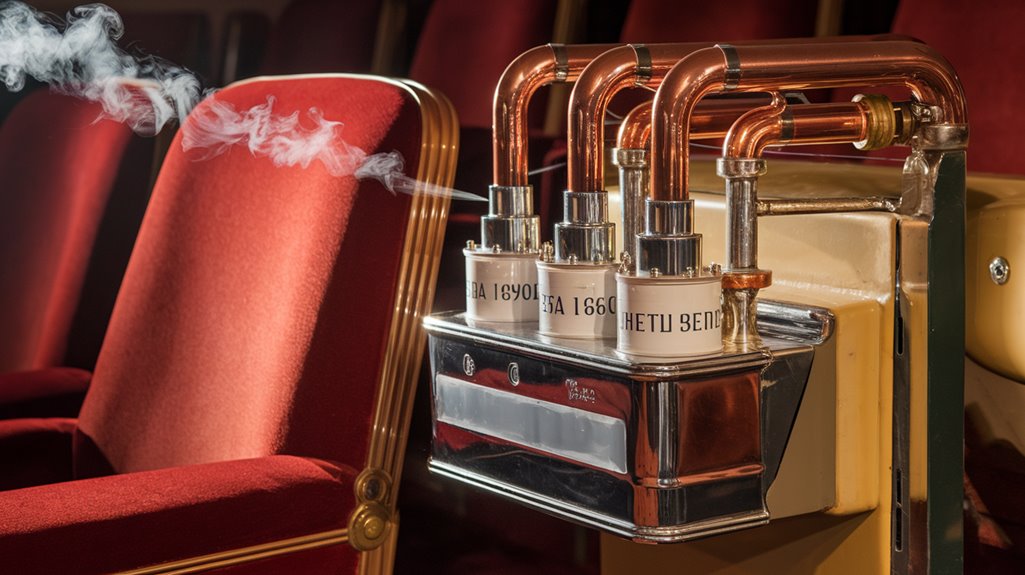
While early attempts at cinematic scent technology stumbled, modern innovations have transformed the landscape of olfactory entertainment. Today's theaters can offer precise scent synchronization, with aromas perfectly timed to match on-screen moments and adjustable to your preferences.
Theme park integration has become increasingly common as attractions incorporate scents into rides and exhibits. These systems use multiple scent cartridges and sophisticated delivery methods to create authentic olfactory experiences.
You'll find the most exciting developments in virtual reality, where companies like OVR Technology are revolutionizing immersive experiences. Their VR headset attachments release carefully controlled scents that match your virtual environment, making digital worlds feel remarkably real. The company's addiction recovery programs have shown promising results in detox clinics by combining VR with calming nature-based scents.
The technology's reach extends beyond entertainment – you'll soon see it enhancing education, healthcare, and tourism. With costs decreasing and capabilities expanding, scent technology is poised to become an integral part of tomorrow's digital experiences.

